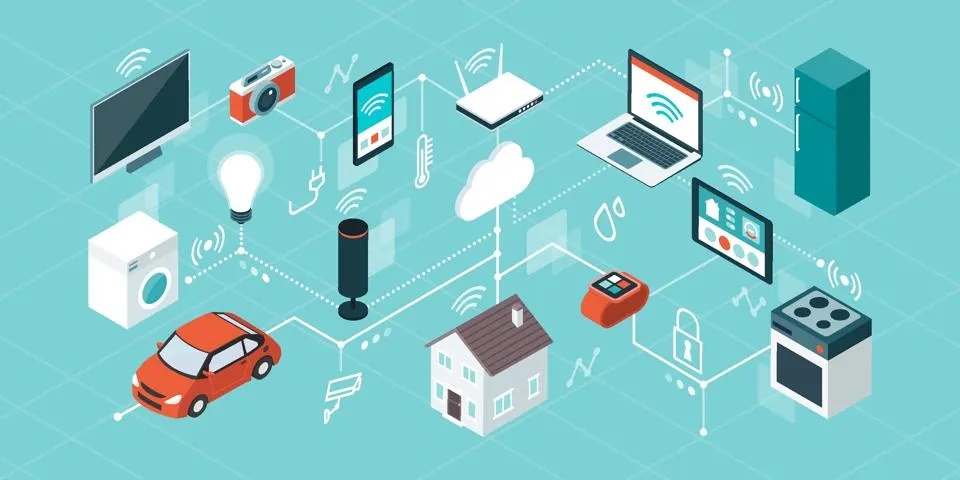The convergence of cloud computing and the internet of things (IoT) has revolutionized the way devices interact, communicate, and process data.
By leveraging the power of the cloud, IoT devices can overcome limitations in processing power, storage capacity, and connectivity, unlocking new possibilities for innovation across industries.
Improving the Connectivity of Devices

One of the primary challenges in IoT deployment is ensuring seamless connectivity between devices and the cloud.
Traditional networking infrastructures may struggle to handle the massive influx of data generated by IoT devices, leading to latency issues and bandwidth constraints.
Cloud computing addresses this challenge by providing a scalable and resilient platform for data transmission and storage.
By offloading data processing and storage to the cloud, IoT devices can leverage high-speed internet connections and robust cloud infrastructure to maintain uninterrupted communication.
Furthermore, cloud-based networking solutions, such as edge computing and content delivery networks (CDNs), facilitate efficient data routing and distribution, minimizing latency and improving responsiveness.
Edge computing, in particular, brings computational resources closer to IoT devices, enabling real-time data processing and analysis at the network edge.
This distributed architecture reduces reliance on centralized data centers, enhances network efficiency, and accelerates decision-making in IoT applications.
Enhancing Scalability
Scalability is a critical consideration in IoT deployments, especially as the number of connected devices continues to grow exponentially.
Cloud computing offers unparalleled scalability, allowing organizations to dynamically scale resources up or down based on demand.
Whether deploying a few dozen sensors or managing a vast network of interconnected devices, cloud-based infrastructure can accommodate fluctuations in workload without compromising performance or reliability.
Moreover, cloud platforms provide a range of services and tools for managing IoT deployments at scale.
From device provisioning and configuration management to data ingestion and analytics, cloud-based IoT platforms streamline the deployment and management of IoT solutions.
These platforms offer customizable dashboards, automated workflows, and integration with third-party services, empowering organizations to rapidly prototype, deploy, and scale IoT applications across diverse environments.
Leveraging Data Analytics and Intelligence
The proliferation of IoT devices has led to an explosion of data, presenting both opportunities and challenges for organizations.
Cloud computing plays a pivotal role in unlocking the value of IoT data by providing advanced analytics and machine learning capabilities.
By aggregating and analyzing data from disparate sources, cloud-based analytics platforms can derive actionable insights, identify patterns, and predict future trends.
Furthermore, cloud-based machine learning models enable IoT devices to become more intelligent and autonomous.
By leveraging historical data and real-time inputs, these models can optimize device behavior, detect anomalies, and make informed decisions without human intervention.
For example, smart home devices equipped with machine learning algorithms can learn user preferences, adjust settings automatically, and anticipate user needs based on past interactions.
Moreover, cloud-based AI services, such as natural language processing (NLP) and computer vision, enable IoT devices to understand and respond to human commands more effectively.
Virtual assistants, smart cameras, and voice-controlled devices leverage cloud-based AI to interpret user inputs, extract meaningful information, and deliver personalized experiences.
Continuous Assessment of Vast Amounts of Data from Connected Devices
The integration of cloud computing and IoT technologies represents a paradigm shift in the way devices connect, communicate, and process data.
By leveraging the scalability, connectivity, and intelligence of the cloud, IoT devices can overcome inherent limitations and unlock new opportunities for innovation.
From improving connectivity and scalability to enabling advanced analytics and machine learning, the synergy between cloud computing and IoT devices is driving transformative change across industries.
As organizations continue to embrace IoT solutions, the role of cloud computing as a foundational enabler of IoT innovation will only become more pronounced.

